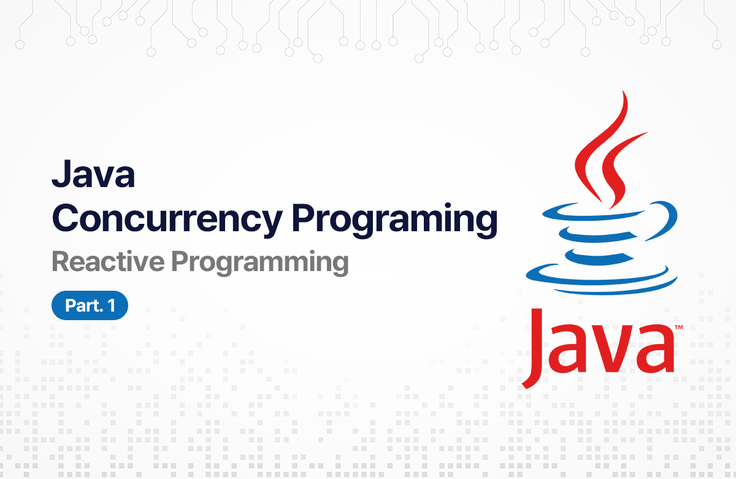![스프링 시큐리티 완전 정복 [6.x 개정판]강의 썸네일](https://cdn.inflearn.com/public/courses/333154/cover/7d446f00-12af-4924-a9cd-7e8c886bde59/333154.png?w=420)
스프링 시큐리티 완전 정복 [6.x 개정판]
정수원
스프링 시큐리티 6.x 최신 버전으로 제작된 개정판 강의로 초급에서 중.고급에 이르기까지 스프링 시큐리티의 기본 개념부터 API 사용법과 내부 아키텍처를 학습하게 되고 이를 바탕으로 실전 프로젝트를 완성해 나감으로써 스프링 시큐리티의 인증과 인가와 관련된 핵심적인 기술들을 익히게 됩니다.
초급
Spring, Spring Boot, Spring Security
You will learn Java's concurrency mechanisms and multithreading techniques in depth and acquire the knowledge and skills necessary to solve various parallel processing problems that you may encounter in practice. Starting from basic thread management, you will learn advanced synchronization techniques, how to use thread pools, and Java's concurrency-related classes in depth.
1,307 learners

Understanding Java Concurrency
Learn various multithreading patterns
Understanding synchronization techniques and types
Asynchronous programming theory and practice
Laying the foundation for reactive programming
Who is this course right for?
For those who want to experience the world of Java concurrent programming
For those who want to clearly establish the overall concept of threads.
Anyone who wants to develop applications in a multi-threaded environment
For those who want to know a clear concept about synchronization techniques and types.
Anyone who wants to know about Java asynchronous programming
Need to know before starting?
Java Basics
Java Functional Programming and Lambda Usage
10,077
Learners
352
Reviews
1,212
Answers
4.9
Rating
5
Courses
다양한 프로젝트에서 웹/모바일/솔루션 제품 개발과 관련된 업무를 진행해 오고 있으며 분석/설계/개발 Role 을 맡아 오고 있습니다.
공공기간, 교육프로그램, 기업 프로젝트, 쇼핑몰 등의 웹 개발 및 솔루션 프로그램, 프레임워크, 오픈소스 연동 등의 아키텍처 설계 및 구조적 고도화 개선 등을 해 오고 있으며 개발, PL 등의 역할을 맡았습니다.
다양한 Open Source 와 여러 기술적인 경험들을 통해 웹의 전반적인 기술 흐름들을 익혔으며 개발 경험이 거듭될 수록 요구사항의 기능 구현에만 거치지 않고 좀 더 OOP 적인 구조의 소프트웨어로서 안전성과 성능을 고려한 아키텍처링과 튜닝의 기술들을 접목시켜 지속적으로 더 훌륭한 소프트웨어를 완성하기 위한 연구와 개발 실무를 책임감 있게 맡아 오고 있습니다.
All
103 lectures ∙ (44hr 9min)
Course Materials:
All
53 reviews
4.9
53 reviews
Reviews 30
∙
Average Rating 5.0
Reviews 15
∙
Average Rating 5.0
Reviews 7
∙
Average Rating 5.0
5
쓰레드에 대한 개념이 부족했다면 무조건 강추하는 강의입니다! 아직 완강하려면 멀었지만 정말 돈이 아깝지 않은 강의입니다! 이런분이 사수로 계셨다면 얼마나 좋았을까요..! 여튼 강추입니다! 다음 강의도 기대하고 있겠습니다! 시큐리티 강의도 잘봤습니다~ 나중에 DB 관련된 강의도 진행해주시면 감사하겠습니다!
네 이번에 스레드에 개념을 확실히 다지고 한단계 더 성장하는 밑거름이 되시길 바랍니다 감사합니다!!
$77.00
Check out other courses by the instructor!
Explore other courses in the same field!